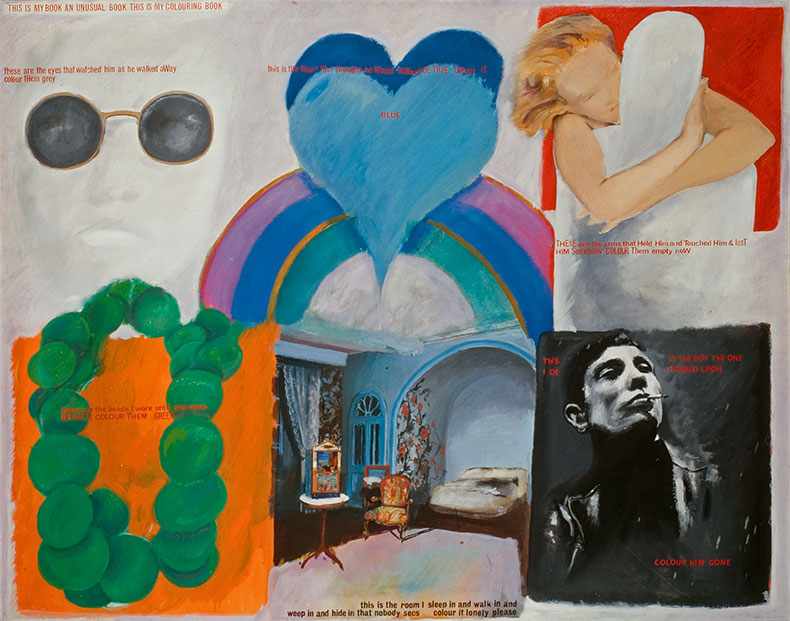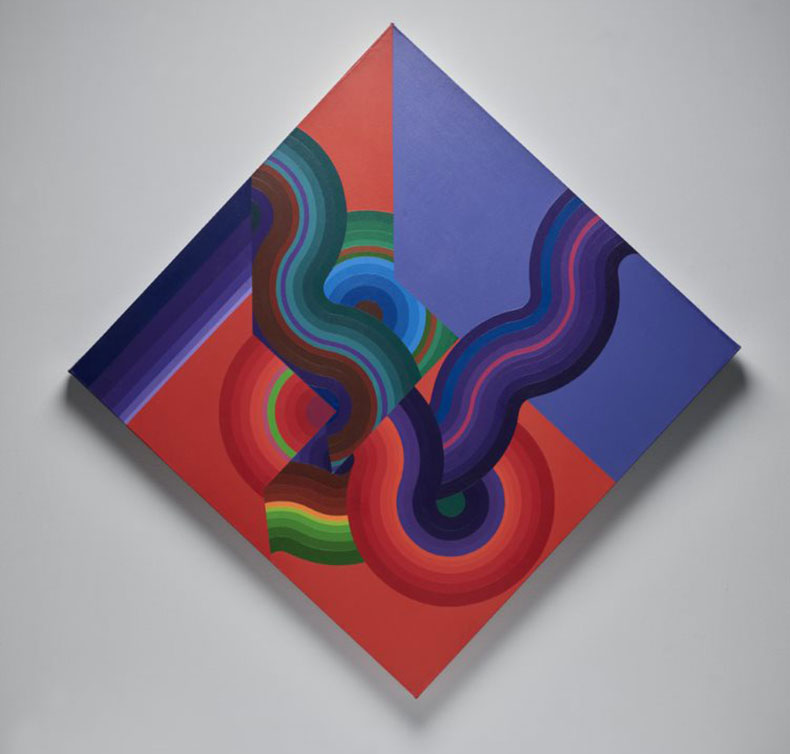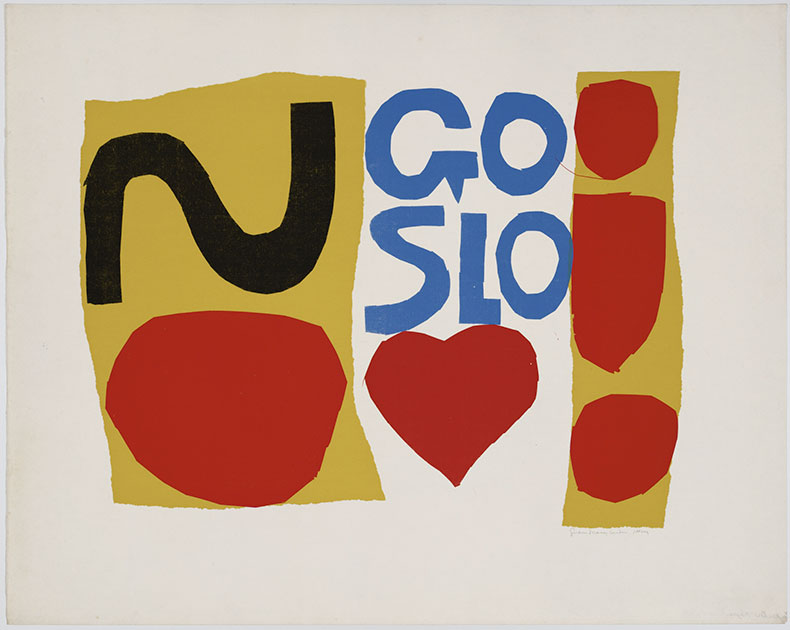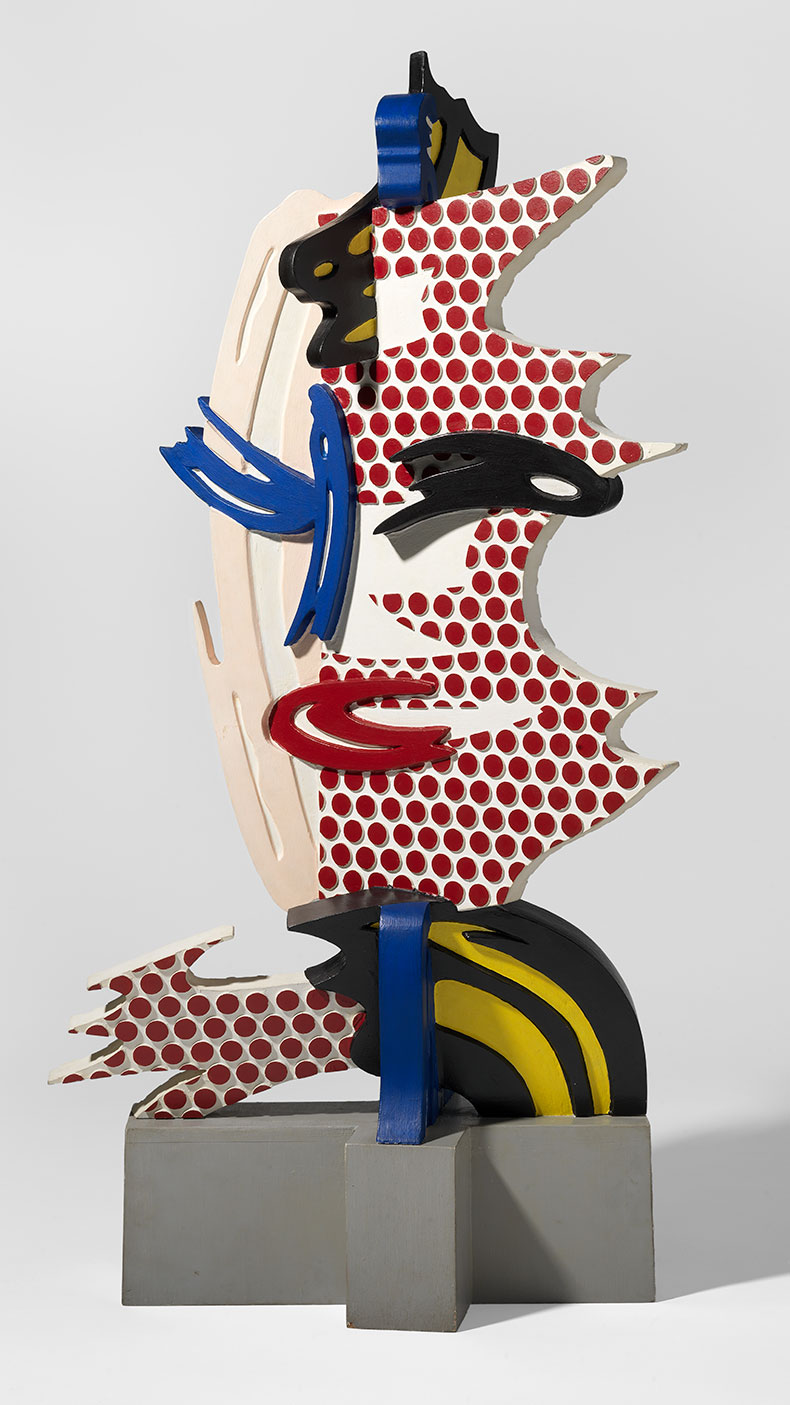 ‘Four things to see this week’ is sponsored by Bloomberg Connects, the free arts and culture app. Bloomberg Connects lets you access museums, galleries and cultural spaces around the world on demand. Download the app here to access digital guides and explore a variety of content.
‘Four things to see this week’ is sponsored by Bloomberg Connects, the free arts and culture app. Bloomberg Connects lets you access museums, galleries and cultural spaces around the world on demand. Download the app here to access digital guides and explore a variety of content.
Each week we bring you four of the most interesting objects from the world’s museums, galleries and art institutions, hand-picked to mark significant moments in the calendar.
Pop art was not quite as superficial as Andy Warhol liked to claim – despite its appropriation of the motifs and ideas of consumerism, patriotism and celebrity culture. And, while the master of the silkscreen tends to get much of the glory, there are many other artists associated with the movement (often, artists who are women or non-Western) whose work has been overshadowed or forgotten. At the same time, even those who are household names – such as Roy Lichtenstein, born 100 years ago today – are often known for only a handful of works that have come to define their entire oeuvre.
This week, we aim to redress that balance by taking a look at some of the lesser-known artists and works belonging to this wide-ranging movement.

My Colouring Book (1963), Pauline Boty. Muzeum Sztuki, Łódź
1. My colouring book (1963), Pauline Boty
Muzeum Sztuki, Łódź
Alongside Elaine Sturtevant and Rosalyn Drexler, Pauline Boty was one of the leading female figures of Pop art. As well as drawing on popular culture – in this work, she refers to a song by Barbara Streisand – Boty used the movement to comment on women’s place in society during the height of second-wave feminism. Click here to find out more.

Integrales II (Edgard Varèse) (1979), Kazuya Sakai. Dallas Museum of Art
2. Integrales II (Edgard Varèse) (1979), Kazuya Sakai
Dallas Museum of Art
Though Kazuya Sakai initially drew artistic inspiration from his Japanese heritage, he soon turned his attention to Pop art and to the off-beat rhythms of jazz and experimental classical music. Together, these led Sakai to develop the bolder, more geometric style visible in works such as Integrales II (Edgard Varèse) (1979), named after the avant-garde French composer. Click here to find out more.

luke 2.14, 51 (1963), Corita Kent. Photo: courtesy Corita Art Center, Los Angeles
3. luke 2.14, 51 (1963), Corita Kent
Corita Art Center, Los Angeles
While silkscreen printing is now indelibly associated with Warhol, the medium was also favoured – and some would say pioneered – by Corita Kent. Kent became a nun at the age of 18 and began making silkscreen prints while studying at the University of Southern California in 1951. In 1968 she left the Order of the Immaculate Heart of Mary to focus on social justice activism and on making joyously colourful artworks that combine bible verses with political slogans and the consumer packaging so familiar from Pop art iconography. Click here to find out more on the Bloomberg Connects app.

Barcelona Head (1987), Roy Lichtenstein. MACBA, Barcelona
4. Barcelona Head (1987), Roy Lichtenstein
Museum of Contemporary Art Barcelona
Roy Lichtenstein is best known for his comic book-style paintings, created using an approach inspired by ‘Ben Day’ dots: a mechanical printing technique in which small points are amassed to fill in areas of colour. In this work – a maquette for a public artwork that stood at 14m high – the American artist takes the technique into three dimensions, creating an almost cubist version of his familiar blonde protagonists. Click here to find out more.
Download now
![]() ‘Four things to see this week’ is sponsored by Bloomberg Connects, the free arts and culture app. Bloomberg Connects lets you access museums, galleries and cultural spaces around the world on demand. Download the app here to access digital guides and explore a variety of content or scan the QR code.
‘Four things to see this week’ is sponsored by Bloomberg Connects, the free arts and culture app. Bloomberg Connects lets you access museums, galleries and cultural spaces around the world on demand. Download the app here to access digital guides and explore a variety of content or scan the QR code.














![Masterpiece [Re]discovery 2022. Photo: Ben Fisher Photography, courtesy of Masterpiece London](http://zephr.apollo-magazine.com/wp-content/uploads/2022/07/MPL2022_4263.jpg)
‘Like landscape, his objects seem to breathe’: Gordon Baldwin (1932–2025)